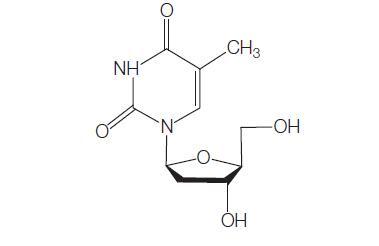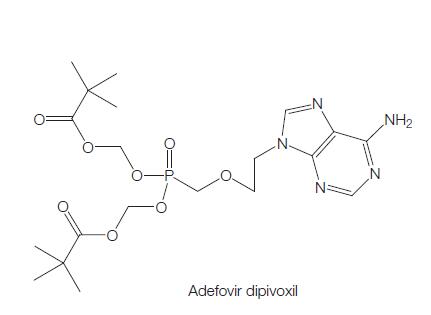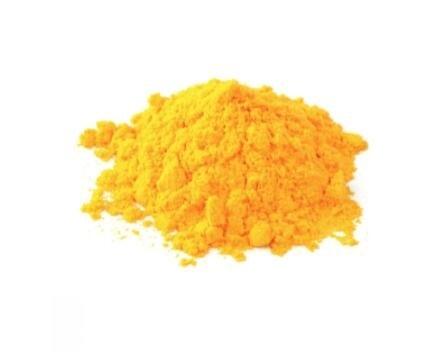Uses and side effects of Telbivudine
Telbivudine (b-L-2u-deoxythymidine) is the unmodified b-L-enantiomer of the natural nucleoside D-thymidine. This nucleoside analog is a potent inhibitor of the replication of hepadnaviruses, including human hepatitis B virus (HBV) and woodchuck hepatitis virus (WHV). After triphosphorylation by cellular enzymes, telbivudine triphosphate inhibits the HBV polymerase enzyme.
Telbivudine was developed by Idenix/ Norvatis and was approved for registration by the US Food and Drug Administration (FDA) in 2006 and by European Medicines Agency (EMEA) in the European Union in April 2007. It is marketed under the trade name Tyzekas in the USA and Sebivos in the European Union and is only available as 600-mg tablets for oral administration.

Uses
Telbivudine is indicated as monotherapy treatment for chronic HBV infection in humans over the age of 16 years – clinical indications for telbivudine have recently been reviewed by a number of authors.
Mechanism of action
Telbivudine, like other nucleoside and nucleotide analogs, is a prodrug which must be phosphorylated intracellularly before it is active. Telbivudine is phosphorylated by cellular kinases to the active telbivudine 5u-triphosphate, which has an intracellular half-life of 14 hours. Deoxycytidine kinase (dCK) and thymidine kinase have been implicated in the phosphorylation of telbivudine. The active triphosphate inhibits the HBV polymerase by competing with the natural substrate, deoxythymidine 5u-triphosphate (dTTP). Incorporation of telbivudine 5’- triphosphate into viral DNA causes DNA chain termination and irreversible inhibition of viral replication. Telbivudine inhibits both first- and second-strand DNA synthesis by the HBV polymerase, but preferentially inhibits second-strand HBV DNA synthesis .
Drug distribution
Telbivudine is widely distributed into all tissues. The estimated apparent volume of distribution is 8.2±4.1 l/kg. In rats, the highest concentrations of telbivudine are found in intestine, kidney, urinary bladder, prostate, mesenteric lymph nodes, stomach, and pancreas, with relatively poor penetration into the central nervous system. However, telbivudine is secreted into the breast milk of rats. Only 3–7% of telbivudine is bound to plasma protein. Data in humans are limited.
Side effects
Telbivudine was not toxic to HepG 2.2.15 (50% cytotoxic concentrations >100 μM), primary human PBMCs and bone marrow progrenitor cells. Exposure of HepG2 cell to 10 mM telbivudine had no effect on lactic acid production, mitochondrial DNA content or morphology. Telbivudine triphosphate is neither a substrate nor an inhibitor for the human DNA polymases a, b, and g.


